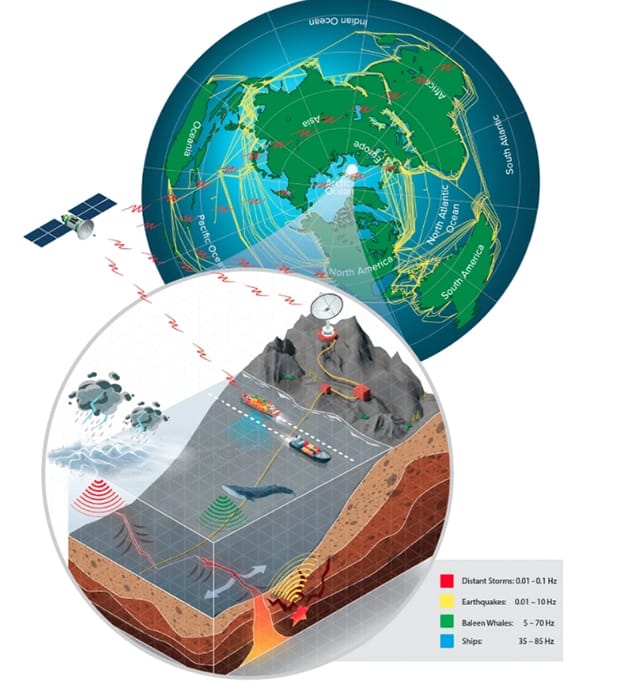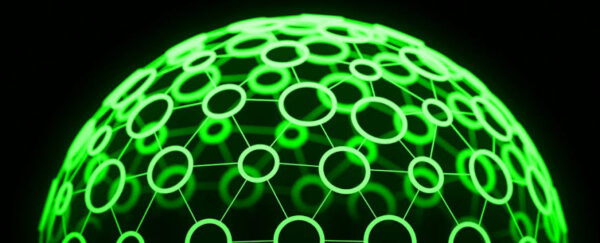Scientists believe that this huge infrastructure network, which consists of fiber-optic cables that span oceans and thread into the earth to handle our communications systems, might be used to observe the Earth’s surface from below.
In order to monitor the entire planet in real-time, the 1.2 million kilometres (more than 745,000 miles) of current fiber-optic cable might be used in conjunction with satellites and other remote sensing devices.
The Squad’s Intent
The Squad behind the idea proposes that in addition to tracking ships and whales travelling across the oceans, storms and earthquakes may also be monitored in this way. Even the possibility of using the network to locate damaged pipelines exists.
Geophysicist Martin Landr of the Norwegian University of Science and Technology adds, “This might be a game-changing global observatory for ocean-earth sciences” (NTNU). The monitoring would be carried out using fiber-optic cables’ acoustic sensing capabilities.
How Signals Can Be Detected
Movement can be measured by detecting and interpreting any flexes in the cabling brought on by sound waves or physical waves. Some members of the same team used the tracking of whales throughout the Arctic last year to illustrate this.
Through a 120-kilometer underwater cable over the course of 44 days in 2020, the researchers were able to pick up more than 800 whale vocalizations (75 miles).
Additionally, they located a significant storm 13,000 kilometres (8,078 miles) away.
All of this is made possible through a system called distributed acoustic sensing (DAS) and a tool called an interrogator. The fiber-optic cable receives a pulse of light from the interrogator, which detects and precisely measures any flexing.

How’s DAS Beneficial and Applicable
This technology has been around for a while, according to Landr. But in the previous five years, it has made a significant advancement.
This allows us to track and measure acoustic signals over a range of 100 to 200 kilometres, so to speak.
That’s the new thing, then.
There are drawbacks, such as the fact that it is more challenging to distinguish signals from noise in the system’s results than it is, for instance, using seismometers. Other sensing technologies, such as satellites, can give more context at this point. Additionally, this technology is continually being improved.
The researchers are working hard to get over the current restriction that prevents the DAS interrogators from being able to “see” through components inside the optic-fiber cables used to expand data.
Read more: What are the 10 most abundant elements in the earth’s crust?
Conclusion
The team is particularly eager to stress that its global observation network would work in addition to other systems, not as a substitute for them.
The potential number of discoveries could be enormous because of how much cabling there is. The DAS sensing and whale watching project, according to Landr, “shows a whole new use of this kind of fiber-optic infrastructure, producing wonderful, original science.”
